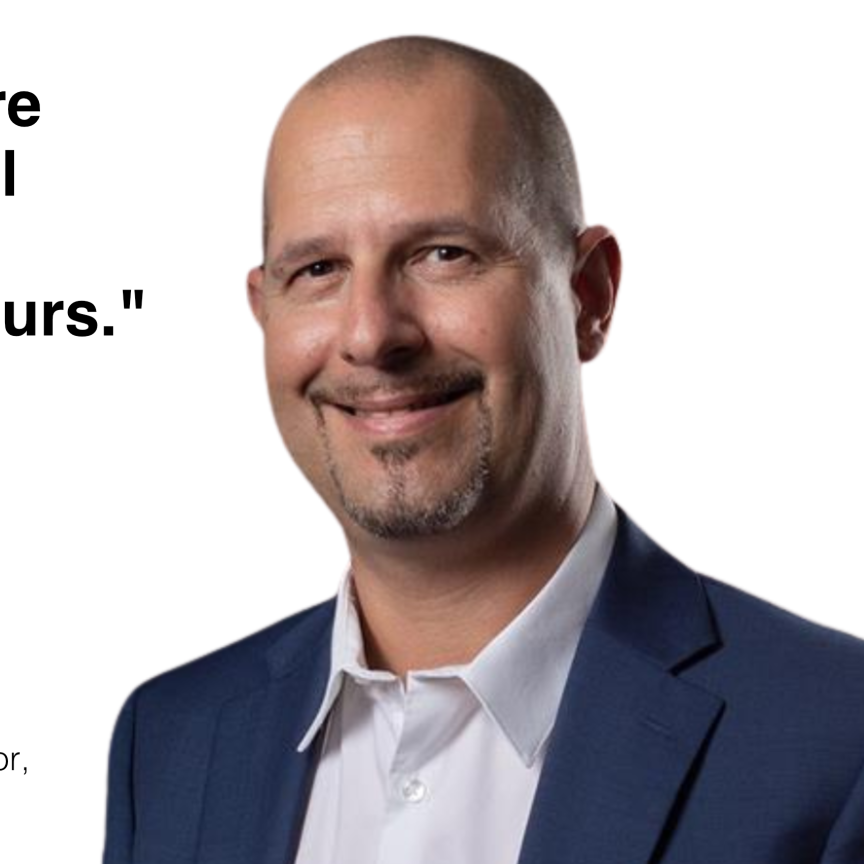The German machine vision industry is going from strength to strength, with Asia outstripping Europe in importance as an export market, according to participants in the first Vision CEO Roundtable event held in Frankfurt, Germany, on the 4 February. The event was organised by the Vision trade fair, which will take place later this year from 4-6 November in Stuttgart, together with the VDMA Machine Vision Association in Frankfurt.
About half of the German machine vision industry’s sales are within Germany, but in 2012 exports from Germany to Asia exceeded the volume of deliveries to other European countries for the first time. Exports to Asia had already more than doubled between 2008 and 2012.
At the Roundtable, representatives of the Asian market noted that rising wages in China were driving the market towards automation which relies heavily on machine vision. Even though China and the Far East have been regarded for many years as an area where manufacturing is cheap, factories there are turning to automation in an attempt to offset rising labour costs.
Sachio Kiura, director of the Japanese Industrial Imaging Association (JIIA), pointed out that due to China’s one child policy, the working population is decreasing, prompting companies to take an interest in automated manufacturing processes which is in turn increasing their interest in machine vision. Other participants remarked that, in Asia, even those manufacturing plants that are automated have vision technology for inspection that is either out of date or non-existent. So the booming demand for vision systems -- that German companies in particular appear to be well placed to meet -- arises both from factories that are investing in automation for the first time and also from those that are seeking to upgrade their inspection techniques.
The Asian market for machine vision is now well established, and Isabel Yang, founder and general manager of Luster LightTech (China) estimated that the total growth of the market between 2012 and 2013 was around 20 per cent. She forecast that it would grow by another 20 per cent during 2014. Across the next five years, Yang predicted an increase of 20 to 25 per cent per year.
An increasing number of companies are being set up in Asia to specialise in machine vision and take advantage of the growth in the the vision market. So how does Europe stay on top? According to a panel consisting of Dr Dietmar Ley, CEO of Basler AG, Ahrensburg, Dr Heiko Frohn, managing director of Vitronic, Wiesbaden, and Dr Olaf Munkelt, chairman of the VDMA Machine Vision Association and managing director of MVTec Software, Munich, first and foremost, companies need to be present in the region. Machine vision companies operating in Asia have the advantage of being close to the customer base and therefore being able to react quickly to customer demands. Moreover, with Germany’s reputation for high quality products, the long standing European vision market, and the established expertise in the vision-based inspection of goods, more Chinese factories are turning to Germany, and to Europe as a whole, for machine vision solutions.
Within European industry more generally, high quality products, as well as the use of automation to keep costs low and efficiency high, will be key to the continent’s continued global economic competitiveness, according to Mark Williamson, director of corporate market development at Stemmer Imaging. ‘Machine vision is a critical technology in automation that allows us to stay competitive in the world market. The quality of our products in Europe is essential and machine vision ensures that we deliver on that quality,’ he said.
The European machine vision industry had been successful in driving down its costs, making the technology more affordable for more industrial customers, and this, he said, was: ‘driving growth significantly in the use of machine vision and then improving efficiencies in the wider markets. Going forward, I see this increasing and we’re predicting growths of above 10 per cent.’ In the future, he believes, this could even accelerate.
The panel stated that, particularly in Germany, there is a tendency to over-engineer products. This drives costs up and adds production time which could result in more efficient, concisely manufactured products. This means that companies need to be more prudent when adding an extra feature that may not accord with customers’ needs.
Rising labour costs in Asia are having an unexpectedly beneficial knock-on effect on industry in the USA. ‘Re-shoring’ of labour-intensive manufacturing was noticed by representatives of North American organisations at the Roundtable. This can in part be put down to the resurgence of the American automotive industry, and here machine vision is speeding up the quality checking process which is helping to drive the market. Also as overseas manufacturing costs rise, it is becoming more desirable to have parts built closer to home.
Both in Europe and North America, non-traditional markets are showing interest in machine vision, particularly in the life science industry and outdoor applications such as Intelligent Transport Systems (ITS), which was helping growth in both continents.

